 Weird Stuff
Weird Stuff  Weird Stuff
Weird Stuff  Our World
Our World 10 Ways Your Christmas Tree Is More Lit Than You Think
 Movies and TV
Movies and TV The 10 Coolest Stars to Set Sail on The Love Boat
 History
History 10 Things You Didn’t Know About the American National Anthem
 Technology
Technology Top 10 Everyday Tech Buzzwords That Hide a Darker Past
 Humans
Humans 10 Everyday Human Behaviors That Are Actually Survival Instincts
 Animals
Animals 10 Animals That Humiliated and Harmed Historical Leaders
 History
History 10 Most Influential Protests in Modern History
 Creepy
Creepy 10 More Representations of Death from Myth, Legend, and Folktale
 Technology
Technology 10 Scientific Breakthroughs of 2025 That’ll Change Everything
 Weird Stuff
Weird Stuff Ten Bizarre Facts About The Doge Meme
 Our World
Our World 10 Ways Your Christmas Tree Is More Lit Than You Think
 Movies and TV
Movies and TV The 10 Coolest Stars to Set Sail on The Love Boat
Who's Behind Listverse?

Jamie Frater
Head Editor
Jamie founded Listverse due to an insatiable desire to share fascinating, obscure, and bizarre facts. He has been a guest speaker on numerous national radio and television stations and is a five time published author.
More About Us History
History 10 Things You Didn’t Know About the American National Anthem
 Technology
Technology Top 10 Everyday Tech Buzzwords That Hide a Darker Past
 Humans
Humans 10 Everyday Human Behaviors That Are Actually Survival Instincts
 Animals
Animals 10 Animals That Humiliated and Harmed Historical Leaders
 History
History 10 Most Influential Protests in Modern History
 Creepy
Creepy 10 More Representations of Death from Myth, Legend, and Folktale
 Technology
Technology 10 Scientific Breakthroughs of 2025 That’ll Change Everything
10 Inventive Ways People Survived Winter Before Electricity
Electricity is something that most people in the developed world take for granted. In the summer, we run our air conditioners all day long, and in the winter, we crank up the heat. But what did people do during the winters before electricity was invented? In Scandinavian countries, Russia, and Alaska, it can be dark, with below-zero temperatures, for months on end.
So, how did our ancestors survive without the conveniences of modern technology? We all know about burning wood for a fire or using coal to produce heat, but here is a list of some lesser-known methods that have helped our ancestors get through winter in the past.
Related: 10 Things Your Ancestors Did Better Than You
10 Three Dog Night

When you hear the phrase “three dog night,” does a certain American rock band immediately come to mind? If you’re a fan of classic rock, then it should, but if that’s not your jam, then here’s a brief history.
Three Dog Night is a rock band that was formed in California in the 1960s. The iconic band is Grammy-nominated and known for its hits such as “One” and “Mama Told Me (Not to Come).” Many have loved the band’s music for years but might never have known that their name actually comes from an expression based on the outside temperature. Some claim it stems from the Australian Aborigines, while others say it’s from the reaches of North America and the Eskimos.
Regardless, the legend states that if firewood was low and it got cold enough, an owner would bring their dog into bed for added warmth. If it was freezing cold, the owner would require three dogs in bed to survive those frigid nighttime temperatures. Hence, a “three-dog night” means it is so cold that one would need three dogs to keep warm while sleeping. Now there’s nothing better than snuggling up with your pup on a cold winter’s evening (but hopefully with a blazing fire and a cup of tea). Also, three dogs in bed might be a little much…[1]
9 Saunas
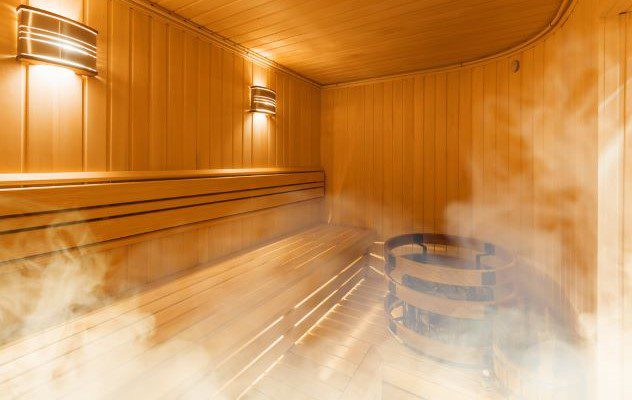
My ancestors are from Finland, the land of the sauna. Maybe it’s just my Finnish blood, but I feel truly at peace sitting quietly in a warm sauna. In the evening, I even love jumping into a cold pool and then running to the sauna as fast as my feet will carry me (though admittedly, this may not be for everyone).
The first written history of sauna use dates back to over 2,000 years ago. However, they looked a little different than the current sauna. The original sauna was built into the side of an embankment and lined with stone. These saunas would take half a day to heat up!
This later evolved into an above-ground wooden building where stones were heated over a fire. As the temperature rose, smoke would fill the sauna and then slowly escape from a small air vent in the back. Finally, the modern-day sauna appeared with stones placed over an electric heat source. The hot stones have water poured over them, creating that satisfying heat and steam we love.
Saunas are a rich part of the Finnish way of life, not only because of their many health benefits but because they have helped Finns–and many other cultures—survive long, freezing winters. A sauna can warm up a person’s body temperature enough so that, when they are wrapped in blankets or heavy clothing afterward, their body can hold onto that heat for a longer period of time. Apparently, this technique also works great for those who like to camp in the mountains during winter![2]
8 Heavy Curtains
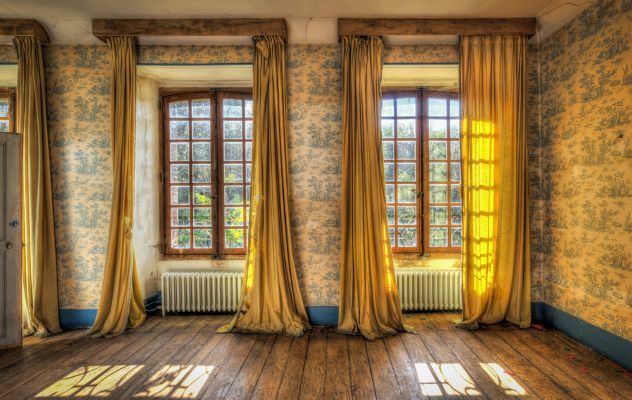
Before the invention of central heating, curtains were used as a way to protect homes from the elements. The first known use of “curtains” were by the ancient Egyptians and consisted of animal hides. These hides were hung over doorways and windows to block drafts that could easily creep in (though getting those to stay up proved tricky). In medieval times, tapestries were hung on castle walls to help insulate them. They were also used as room dividers.
With the invention of glass in the 13th century, window coverings began to change. By the 17th century, glass windows became more readily available in homes. The glass kept most of the cool air out, but people still hung curtains to provide privacy and warmth. Today, curtains still remain widely popular throughout the world. Nowadays, they are used more as an interior design aspect rather than being purely functional. However, they can still help minimize your air conditioner usage.[3]
7 Animal Dung
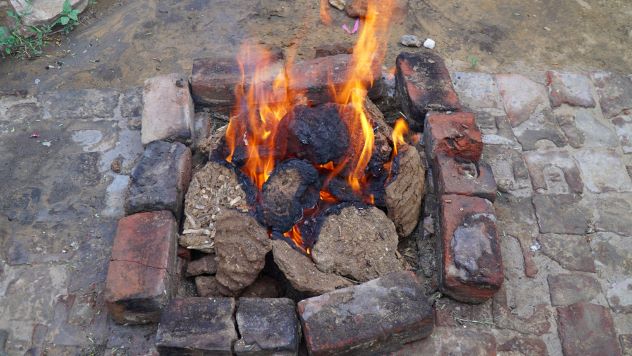
Animal dung has been used for years as fertilizer by farmers wishing to enhance their soil quality. My 13-year-old niece has quite the little side business selling her pet rabbit’s poop to people who will use it to fertilize their gardens. The small, round pellets make it easy to add to pots. (apparently, there is a market for everything nowadays). But dung isn’t only used for fertilizer; it can also be used as a fuel source.
In the 1970s, the ethnographer Carol Kramer found that people in parts of Iran actually bought dung from one another (just as we continue to do today in the form of manure for fertilizer). She reasoned that animal dung was an important part of the transition of the hunter-gatherer society to settlements in the Neolithic Middle East. When the dung is dried, it burns far longer than wood does alone. This could allow people to focus on growing vegetables and raising livestock.
Scientists are currently investigating this further. Some dairy farms have found that cow manure can produce energy to eliminate the need for an electric bill. Toyota is also presently on the bandwagon. The company has plans to use cow manure to create hydrogen that they can then use to power the fuel-cell hydrogen cars the company produces. All this from a little cow pie![4]
6 Soapstone
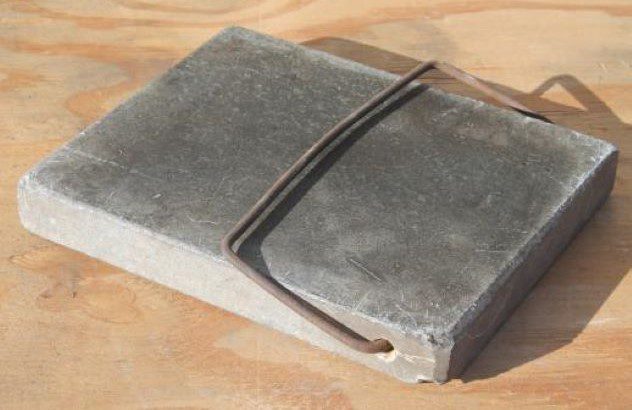
The use of soapstone as a heating source has been utilized for centuries. Native Americans carved bowls out of soapstone to cook their food. In the mid-1800s, people used soapstone as bed and feet warmers. The stone would be placed near the fire to heat up. Once it was cool enough to touch, the stone would be rubbed along the mattress and then stuck at the end of the bed. The stone’s residual heat would keep the person’s feet warm throughout the night.
Soapstone has amazing heat-conductive properties, which is what made it so beneficial to our ancestors. This dense stone is able to retain and radiate heat extremely well, making it an ideal heating source. Its density also allows it to be reheated over and over without breaking like some other stones do.[5]
5 Subterranean Homes
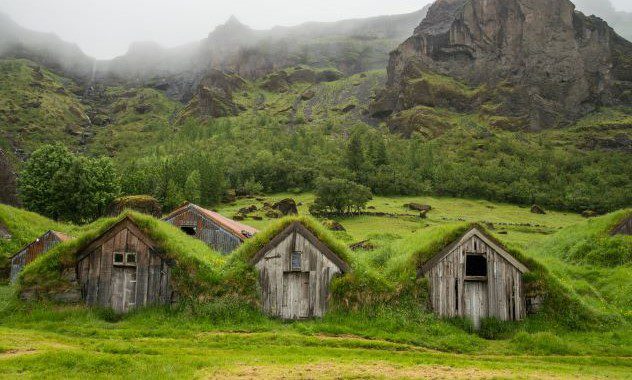
Icelanders have found a unique way of dealing with extreme cold and lack of usable timber. For years, they have been creating underground or “subterranean” homes built of a simple stone or wood frame. Once the frame was created, they would then layer turf over the frame to create insulation. The subterranean home is naturally heated by pulling the soil around it, acting almost as a blanket.
Since the home is built partially or fully underground, there is also less temperature variance due to its protection from the elements (such as rain, snow, and wind). Partial subterranean homes may be making a comeback in modern times and are seen as a current trend. Built into the landscape, they can be naturally beautiful, environmentally friendly, and totally bold. I definitely think that we’ll be seeing more subterranean homes around the world in the future.[6]
4 Passive Solar

Passive solar was also used in conjunction and separately from subterranean homes throughout history. In underground homes, the northern walls of the house were submerged while the southern-facing exposure was open to light, thereby capturing the heat and warming the inside of the home passively.
Passive solar heating has also been utilized on its own since it was first invented by the Chinese in 4000 BC. They found that the southern placement of the home’s doors allowed the lowly slanted winter sun to warm the homes as much as possible. In the 1980s, a study was conducted by the National Renewable Energy Lab that studied Chinese buildings. They found that using passive solar energy can increase inside temperatures by 15°, not enough to eliminate your electric bill but still impressive.[7]
3 Compost

Rural farmers in China have been using heat production by composting for over 2,000 years. They did this by digging a trench, filling it with manure, and then covering it with topsoil where they would plant their vegetables. This use of hotbeds allowed the farmers to extend their planting seasons in the spring and fall for one to two months due to the heat produced by microbes in the compost.
This went even further in the 1970s when Jean Pain claimed that he could do something totally different. He created a “Pain Mound,” which consisted of brushwood with water-filled tubing throughout the compost to allow for heat exchange. Pain was able to heat his farmhouse’s water for six months with this compost heat by circulating the water from the compost to a cast iron heater. In addition to the compost heat, Pain stated that he was able to grow produce year-round by using this method.[8]
2 Hood Chair
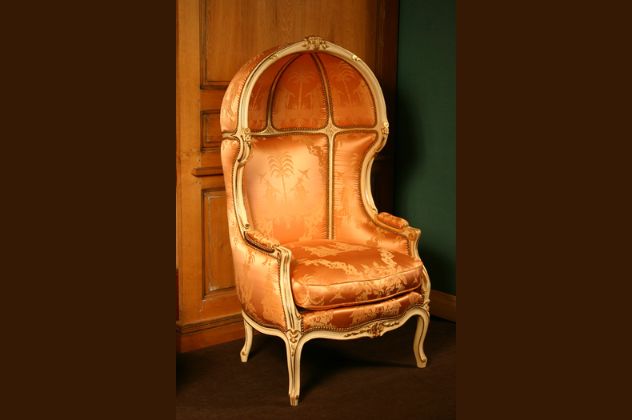
The hood chair was created in 16th-century France for the use of porters, who often needed to remain near the drafty front door of the home. If you’re like me and don’t know what a hood chair is, it’s a chair where the top forms a rounded shape so the sitter is protected from cold air.
It is traditionally composed of wicker, wood, or sometimes even velvet or leather. If one is sitting near a fireplace, as they usually were in the winter, the chair provides insulation by holding heat in the back and sides of the chair. Although these chairs have fallen out of fashion with the end of porters, maybe they will someday be revitalized as a radiant heat source in households.[9]
1 Hibernation
Hibernation is one of the most surprising ways that may have helped our ancestors survive the winter before the invention of electricity. Sima de los Huesos in Northern Spain is a cave of great archeological importance due to the large number of Neanderthal bones discovered there. The fossilized bones found at this site show lesions similar to those remaining in the bones of other hibernating mammals.
These fossils also showed seasonal variations suggestive of bone growth being halted for months out of each year. This implies that early hominids were not able to store enough body fat to survive extremely harsh temperatures for extended periods. Due to this, they went into a metabolic state or “hibernation” mode that allowed them to get through those long winters. This hibernation is what caused the disturbance in bone development. This hypothesis will definitely stimulate some debate in the scientific community, but it’s a compelling argument that can actually be tested by studying the genomes of the Sima people.[10]








